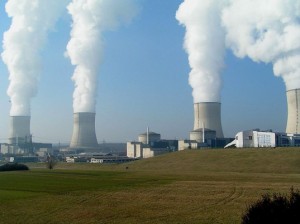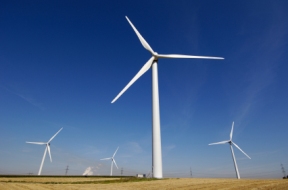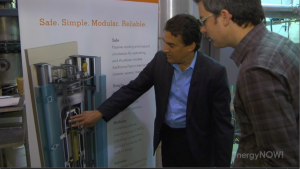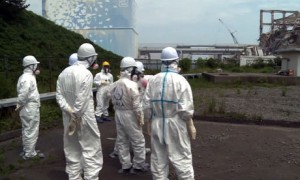There may finally be a way to power your car forever — the only catch is that the fuel would be radioactive. Charles Stevens of Laser Power Systems (LPS) is working on creating an emissions free turbine/electric generator powered by nuclear thorium lasers. Though thorium is gaining a reputation as the “safe” nuclear element, with all the recent controversy surrounding nuclear power, we at Inhabitat wonder if it’s worth the risk.

 Follow
Follow



